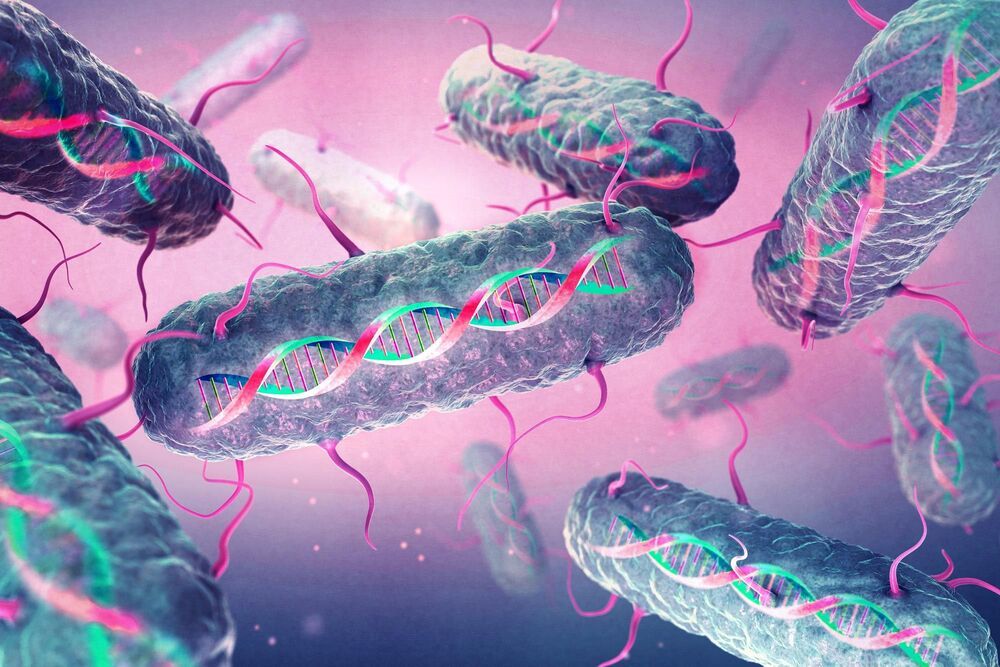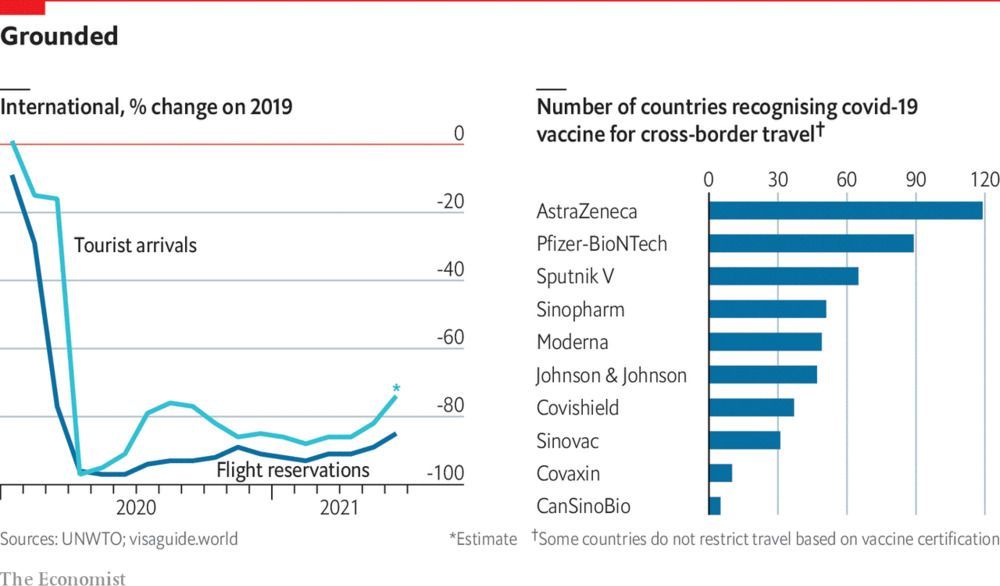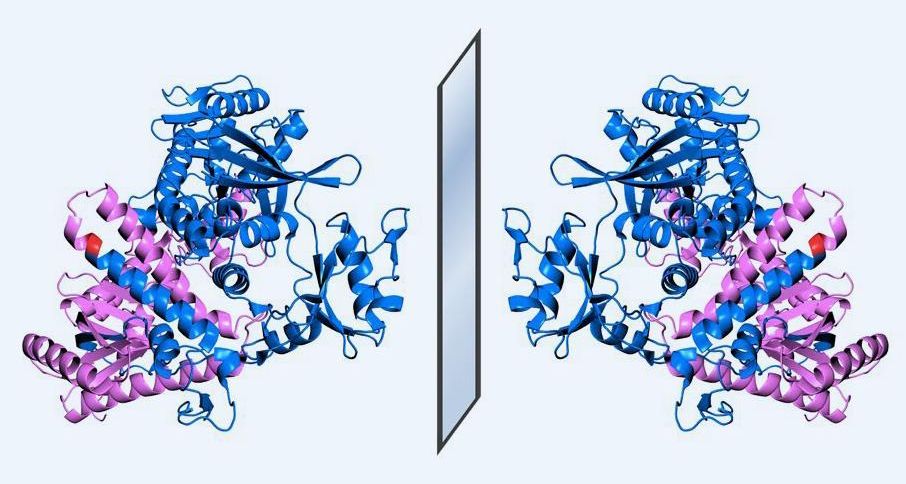Caffeinated coffee might be protective to overall health, but so is decaf. For example, a 2,019 systematic review published in the Journal of Human Nutrition and Dietetics aiming to “investigate the association of caffeinated and decaffeinated coffee consumption and all-cause mortality” found “similar inverse associations [between] caffeinated coffee and decaffeinated coffee [and all-cause mortality.]”
But is coffee healthy? And do coffee drinkers live longer than non-coffee drinkers?
At the turn of the 20th century, it was considered common knowledge that coffee was unhealthy—there were advertising claims that coffee drinking caused blindness and that “you can recover from any ordinary disease by discontinuing coffee.” And while that may obviously be untrue, there are continuing fears about whether coffee is actually healthy or not. Google receives 4,400 queries a month about” why coffee is bad for you” (for context, “why coffee is good for you” gets only 1,300 queries a month).
So with human life extension in mind, I decided to dig into the research. Can coffee consumption actually help spanners extend their healthspan and lifespan? How much is the right dose? How much is too little?







